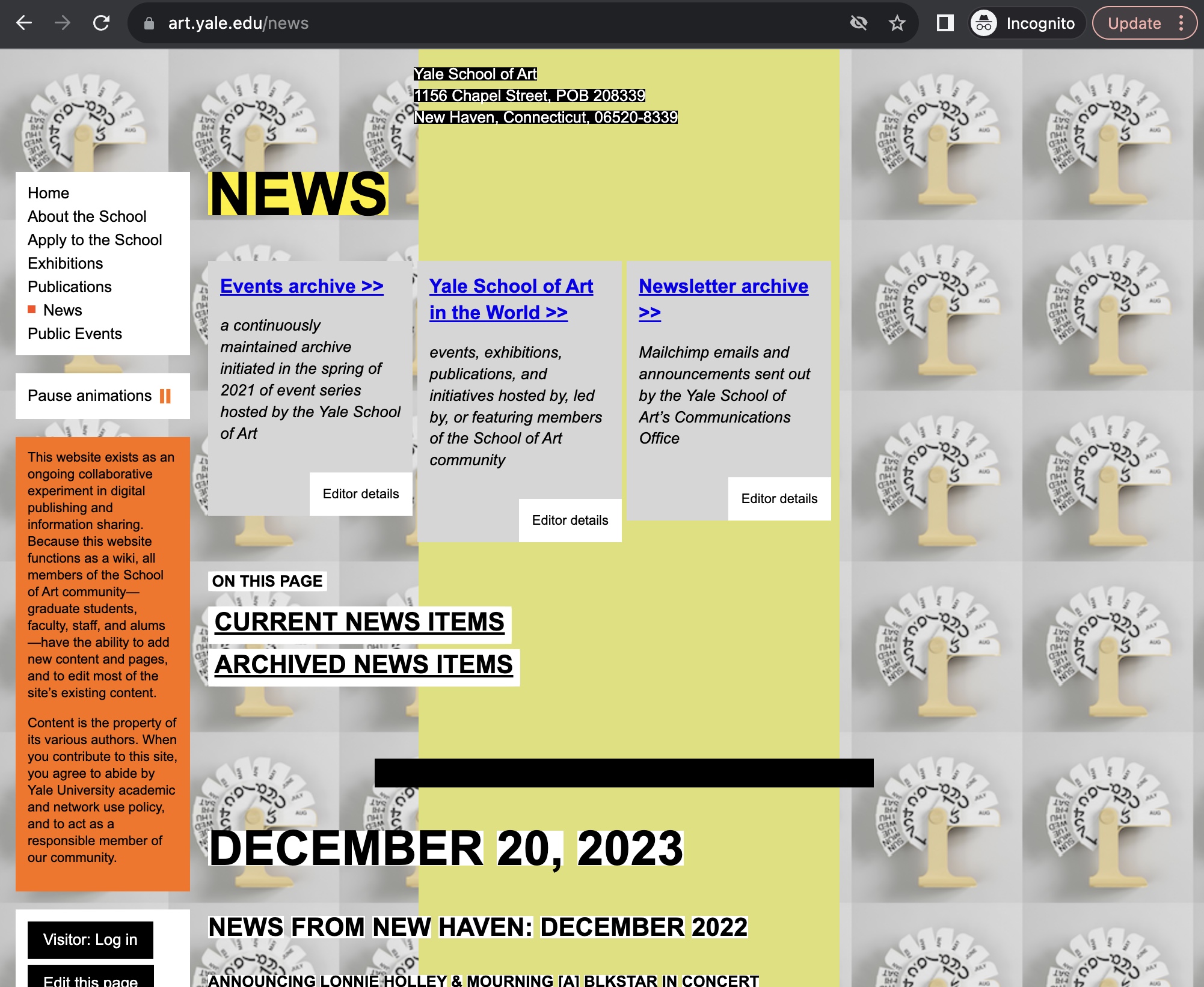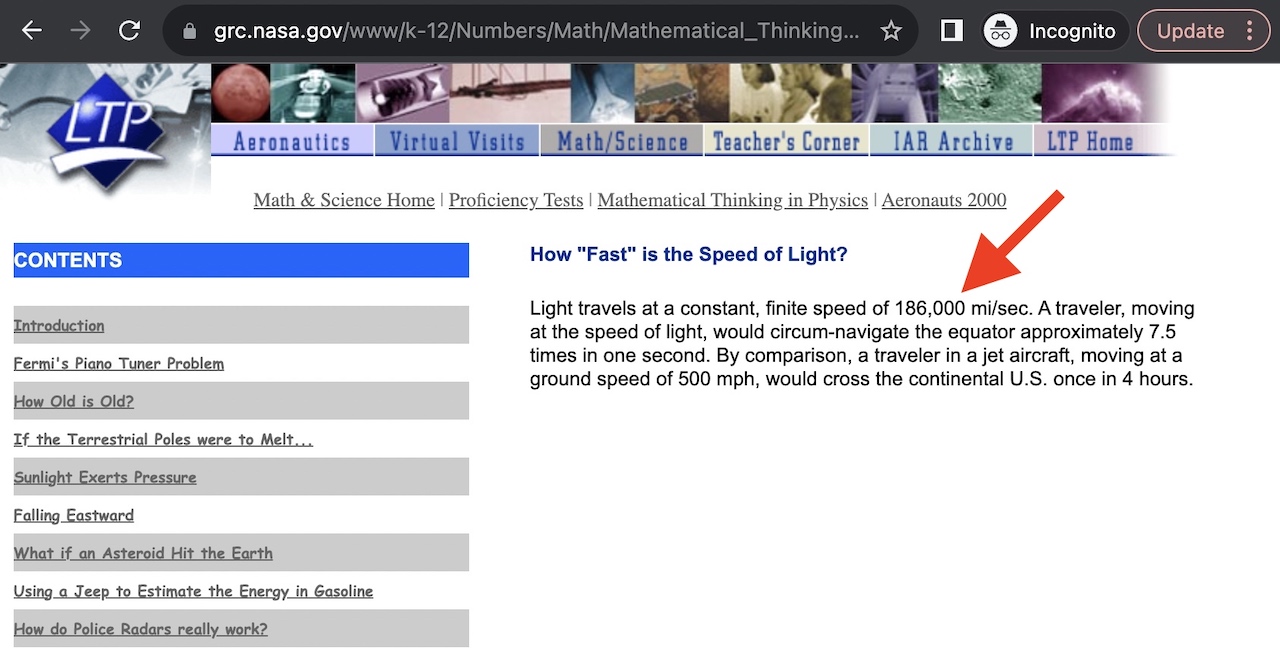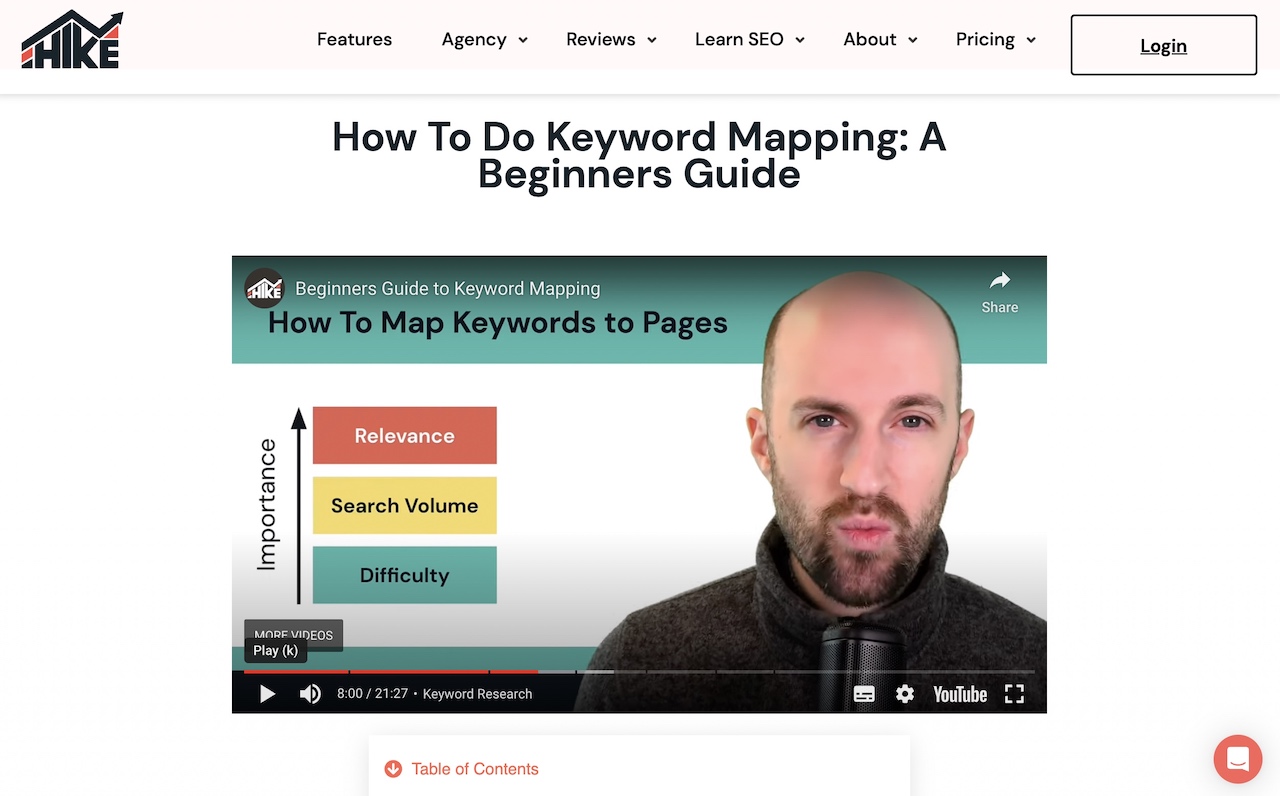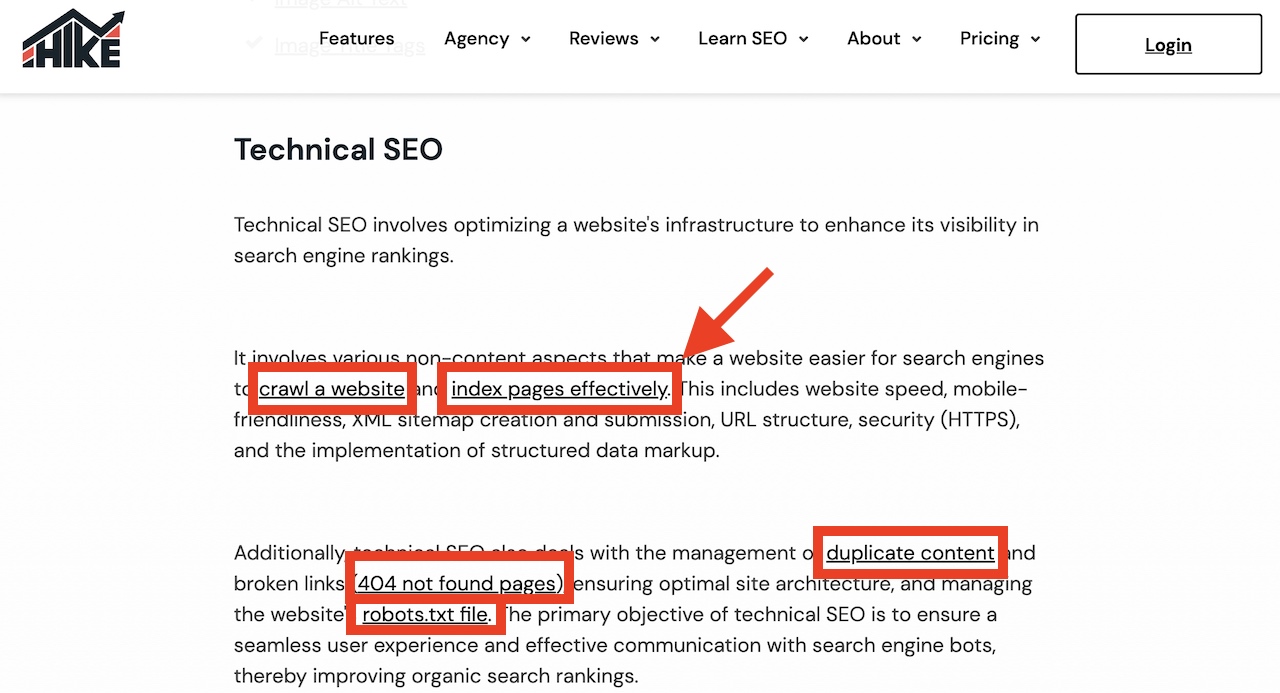Website Bounce Rates: How To Reduce Bounce Rates Quickly
What are Bounce Rates?
Website bounce rate refers to the percentage of visitors who navigate away from a website after viewing only a single page, without engaging further or interacting with other pages or elements on the site. It is a crucial metric in analyzing website performance and user engagement.
Why are Bounce Rates Important?
There are several reasons why lowering bounce rates & increasing engagement rates are important for your SEO:
Increase Conversion Rates
When visitors are more engaged with your content, it naturally leads to higher conversion rates on your website, whether it is more leads or sales. Visiting more than one page on a website can indicate that a user is interested in the content and wants to learn more. This journey could lead them to eventually becoming a customer.
Correlated with Higher Rankings
While the bounce rate metric is not considered a ranking factor, low bounce rates have been found to be correlated with higher rankings, according to a study on Banklinko. This could mean many things, including that the content of these top-ranking websites is of high relevance, and high quality, as well as engages the visitor to lead them to other valuable content.
Highlight Potential Issues
The bounce rate metric is useful because it can highlight potential issues on the page, such as any issues with content, user experience, page layout, design, or copywriting. It won’t give you the exact answer, but it flags up pages where further investigation is required that could lead to identifying what the real issue actually is. After fixing the issue, the bounce rate can be closely monitored over some time to see if the changes have lowered it.
Why Visitors Bounce
There could be many reasons why a visitor lands on a page and then leaves all of a sudden. Some if the main reasons could be:
Content Didn’t Meet Expectations
If the visitor lands on a page where the content didn’t meet their needs or expectations, then they will most likely leave the website, causing the analytics software to register a bounce. When searching for something in particular in Google or other search engines, people have certain ideas of what they can expect when clicking on a result, however, sometimes the content doesn’t meet those requirements or doesn’t answer the questions they have, and so they look somewhere else.
Bad Design and/or UX
If a page has an unattractive design or a difficult or confusing user experience, then it makes it difficult for the user to interact with that content or website and get value. Great design & UX encourages visitors to engage with the content, stay on the page, and explore the website easily.
For example, on Yale School of Art's website, the design isn't very attractive, and could cause visitors to leave and find other resources that look better & are easier to read:

Fulfills User’s Needs
Sometimes, a bounce can occur because the page or content fulfilled the needs of the visitor in a short period. For example, if they had a specific question and the page they landed on answered the question briefly near the top of the page, then it served its purpose, even though the visit was registered as a bounce. This can be avoided by structuring the page or copy so that it compels the visitor to scroll down the page and start engaging with the content before they find what they are looking for.
For example, if someone on Google was searching for "How fast is the speed of light?" and they clicked on this page, then they would get the answer right away without having to interact with the page, and are likely to leave afterwards, resulting in a bounce:

What Is a Good Bounce Rate?
Like many metrics in SEO, there’s not always an absolute “good” score or metric, because it can be relative to the industry or audience that the website is targeting.
However, according to 2020 Contentsquare benchmark data, the average bounce rate is 47% across various industries, in the eCommerce space. Bounce rate can also vary by device, with averages ranging from 43% on desktop, 45% on tablet, to 51% on mobile.
It’s always important to check your specific industry bounce rate or engagement rate benchmarks to see where your website performance should be. Then once that mark has been found, look at the website bounce rates across various pages on your website to see which pages have higher bounce rates (or lower engagement rates) than others.
Finally, it’s important to monitor bounce rates over time, especially after changes have been made to pages to see how they change over time. Knowing what lowers your bounce rate can be very valuable as it can help improve engagement rates on all pages of the website.
Bounce Rate in GA4 vs. UA
The way bounce rates were measured in Google’s Universal Analytics platform has changed since the new Google Analytics version 4 (GA4) rolled out and replaced it. Instead of focusing on the negative aspect of what percentage of visitors leave after they land on a page for the first time, GA4 uses the engagement rate metric which instead focuses on what percentage of visitors stay and engage with the content. In UA, engagement is based on user interaction, whereas in GA4, engagement considers page views, session duration, and conversion events.
How Engagement is Measured in GA4
In GA4, a visitor is flagged as ‘engaged’ when one of three things happens:
- 1The visitor spends more than 10 seconds on the page
- 2The visitor triggers a conversion event
- 3The visitor generates at least 2 page or screen views
To calculate the bounce rate, simply subtract the engagement rate % from 100%. For example, if the engagement rate is 89%, then the bounce rate would be 100% - 89% = 11%.
Bounce Rate vs. Exit Rate
What’s the difference between bounce rate and exit rate? Although they sound like they are the same, they are indeed different metrics.
The bounce rate is measured when a visitor lands a page from a source (e.g. search engine), and then leaves that same page without being flagged as engaged (see GA4’s three criteria). The exit rate on the other hand is measured when a visitor lands on a page, then visits another page, and then leaves the website.
This means the exit rate will always be greater or equal to the bounce rate as visitors could be coming to the page from other pages on the website and then leaving.
Methods To Reduce Bounce Rates
To reduce bounce rates and thereby increase engagement rates, many effective methods can be used:
Embed Videos
Incorporating videos strategically within web content can decrease bounce rates and enhance engagement by providing an immersive and dynamic experience. Videos can visually explain complex concepts, entertain, or offer additional information, capturing visitors' attention and encouraging them to stay longer on the page. Engaging videos relevant to the content can pique curiosity, increase dwell time, and motivate users to explore other sections of the website, ultimately reducing bounce rates.
For example, on one of Hike's Learn SEO articles, a video version of the content is embedded that can reduce bounce rates and increase time on page:

Improve Loading Speed
Optimizing a website's loading speed is crucial in retaining visitor interest and reducing bounce rates. Faster loading times provide a better user experience, as visitors are less likely to abandon a site that loads quickly. Users tend to bounce when a page takes too long to load, leading to frustration. By optimizing images, minimizing unnecessary scripts, leveraging caching, and employing content delivery networks (CDNs), a faster-loading website can retain users' attention and encourage them to explore more pages.
Make Content Easier To Read
Enhancing readability by using concise paragraphs, bullet points, headings, and legible fonts can significantly decrease bounce rates. Clear, scannable content is more inviting and digestible, encouraging visitors to stay longer and delve deeper into the material. Breaking down complex information into easily understandable sections helps users quickly find the information they seek, reducing the likelihood of bouncing due to confusion or overwhelming content.
Review Heatmap Data
Using software such as Hotjar to analyze heatmap data offers insights into user behavior, highlighting which areas of a webpage attract more attention and which sections might cause users to lose interest or leave. By identifying hotspots and areas with low engagement, website owners can make informed decisions about design, content placement, and calls-to-action, ultimately optimizing the user experience and reducing bounce rates.
Add Internal Links
Incorporating relevant internal links within content encourages users to explore other pages on the website. These links provide additional resources or related content, enticing visitors to continue their journey on the site instead of bouncing off after viewing a single page. Strategically placed internal links can guide users to explore further, increasing engagement and reducing bounce rates.
For example, on the Technical SEO section on one of the Hike SEO's pages, there are several internal links (highlighted) that encourage the user to click on and explore more related content. These links when engaged with can reduce bounce rates.

Use Jumplinks
Implementing jumplinks in a table of contents enables users to navigate easily to specific sections within lengthy content. This feature enhances user experience by allowing visitors to jump directly to the information they find most relevant or interesting. By facilitating quick access to desired sections, users are more likely to stay engaged, spend more time on the page, and explore different parts of the content, resulting in lower bounce rates.
Improve Mobile UX
Enhancing the mobile user experience is crucial in reducing bounce rates, considering the significant portion of website traffic originating from mobile devices. Optimizing for mobile responsiveness, ensuring easy navigation, and adapting content layout for smaller screens can significantly improve user engagement. A seamless and enjoyable mobile experience encourages visitors to stay longer on the site, explore various sections, and lowers the chances of bouncing due to usability issues on mobile devices.
How To View Bounce Rates in GA4
Since GA4 launched, the bounce rate metric has been replaced with the engagement rate metric. This can be found as follows:
- 1Open your GA4 property: Sign in to Google Analytics and select your desired GA4 property.
- 2Choose the report you want to customize: Navigate to any report you'd like to view bounce rate within. For example, "Pages and screens" report is a popular choice.
- 3Access the customization options: Look for the "Customize report" button in the top right corner of the report. If you don't see it, you might need Editor or Administrator permissions.
- 4Add "Bounce rate" as a metric: In the right panel under "Report data," click on "Metrics." Scroll down or search for "Bounce rate" and select it. You can also add "Engagement rate" (the inverse of bounce rate) for further analysis.
- 5Apply and save your changes: Click "Apply" to see the newly added metric(s) in your report. Consider clicking "Save changes to current report" if you want this customization to be permanent for this specific report.
Hike SEO
Using an all-in-one SEO platform like Hike, you can use its beginner-friendly tools to view your backlink profile and the authority of each website. You can also view your competitor’s backlinks and see how authoritative each of the links is, and if there are any overlaps between the competitors.
If you haven’t yet tried Hike, sign up today and see how easy it is to become empowered to take control of your SEO.